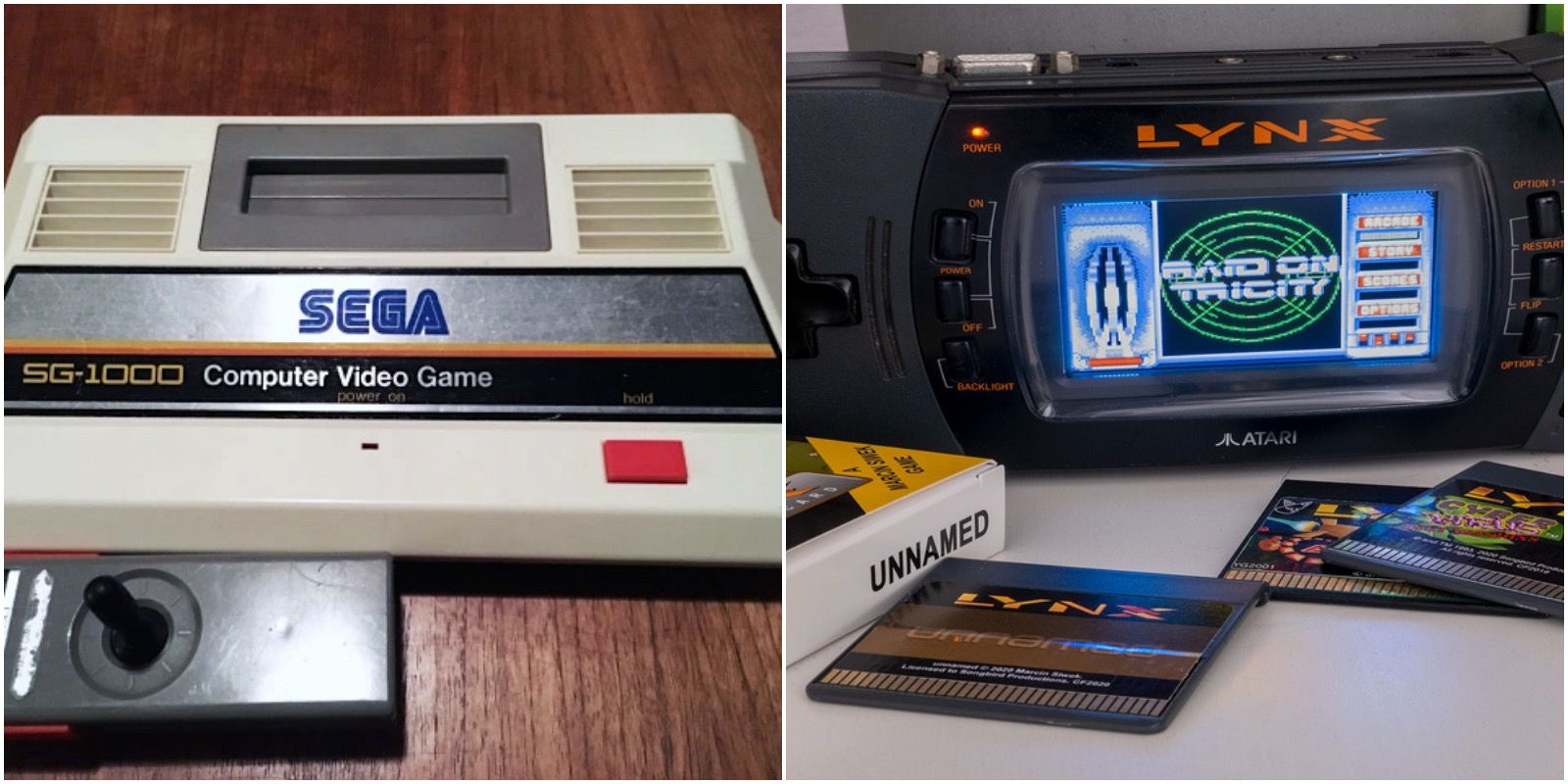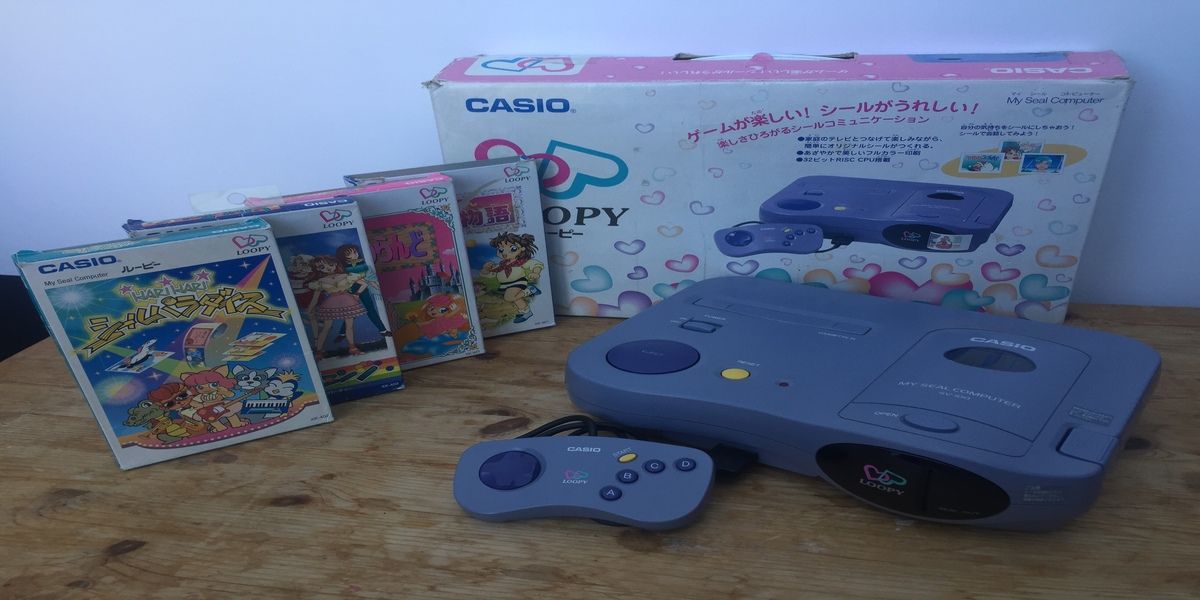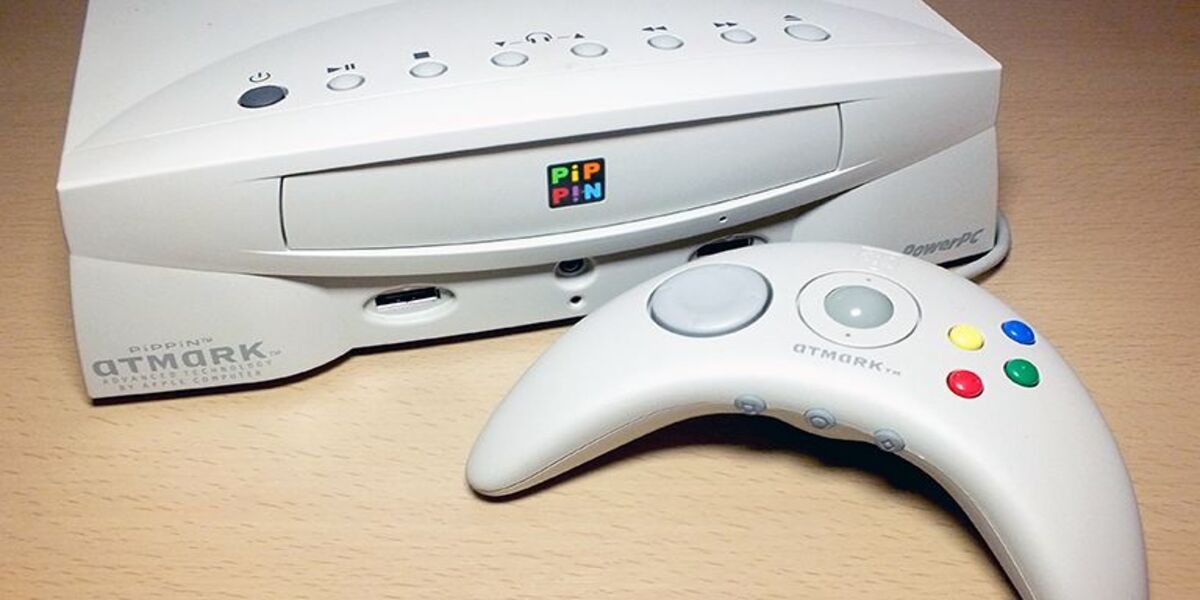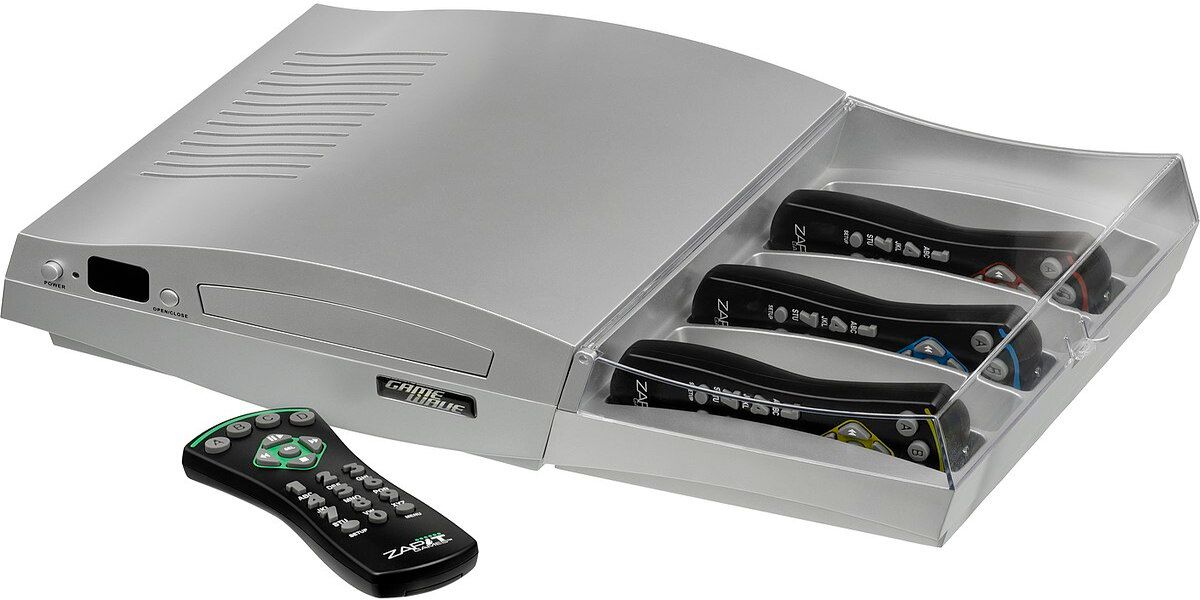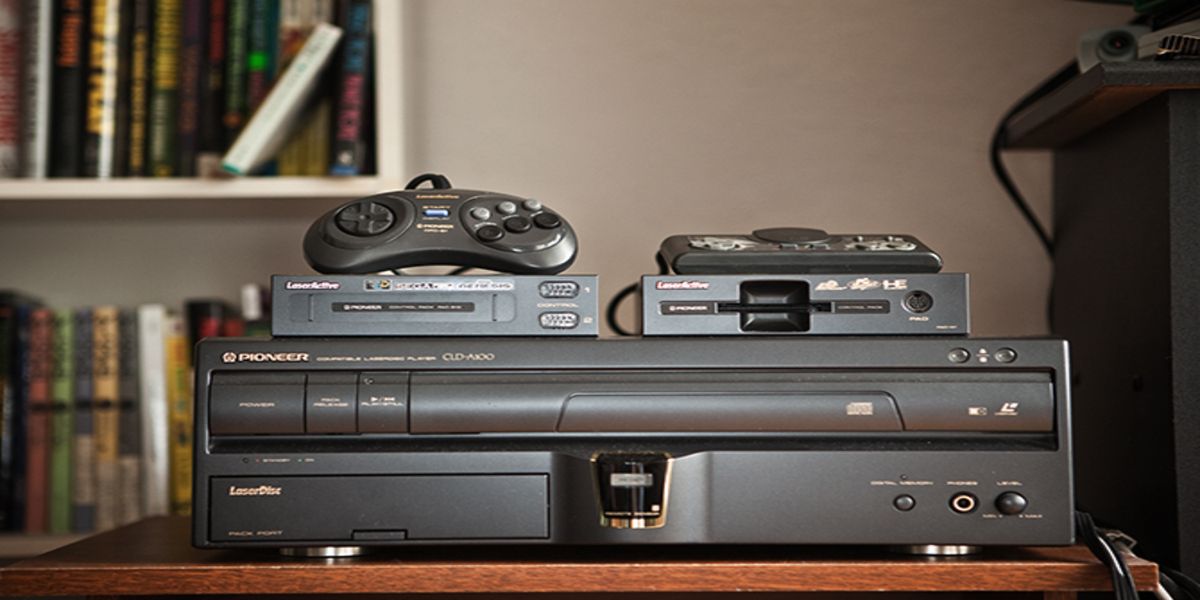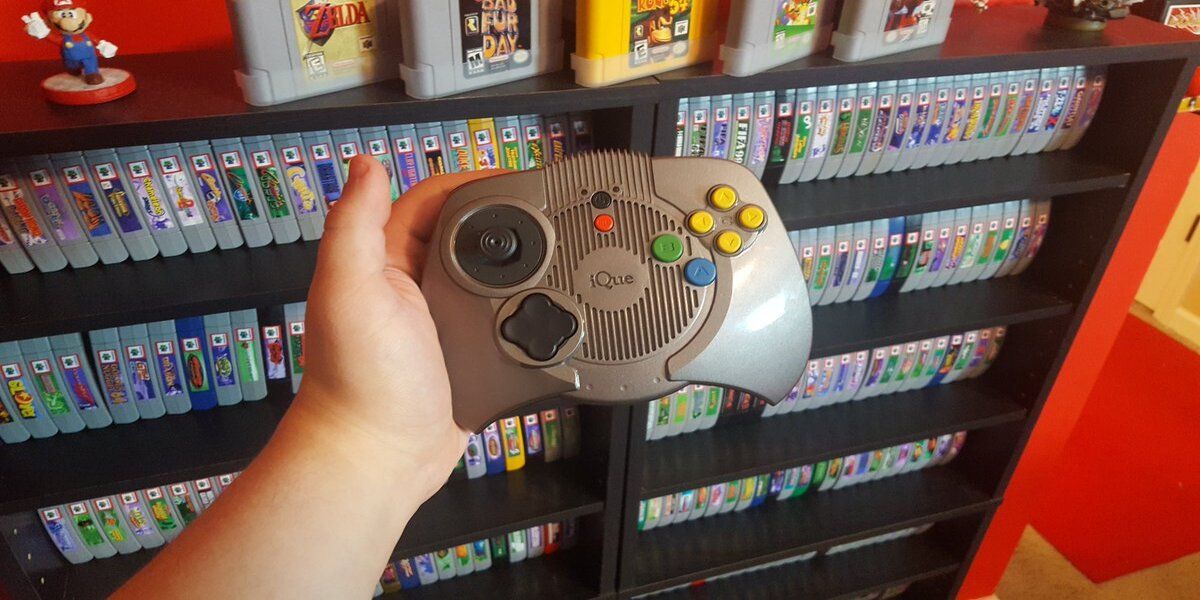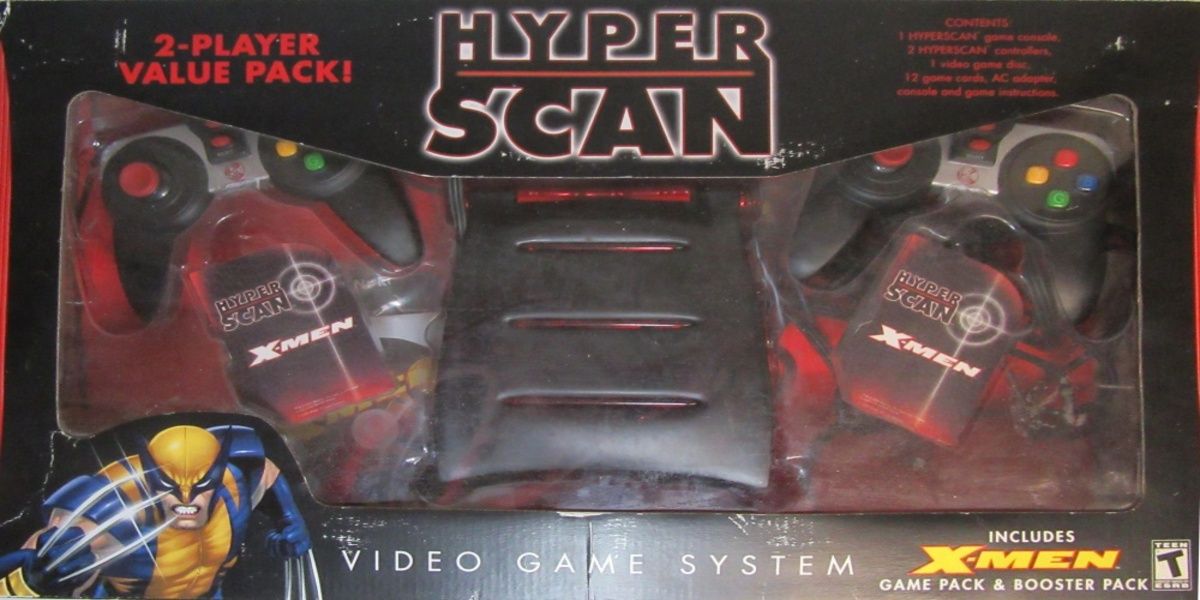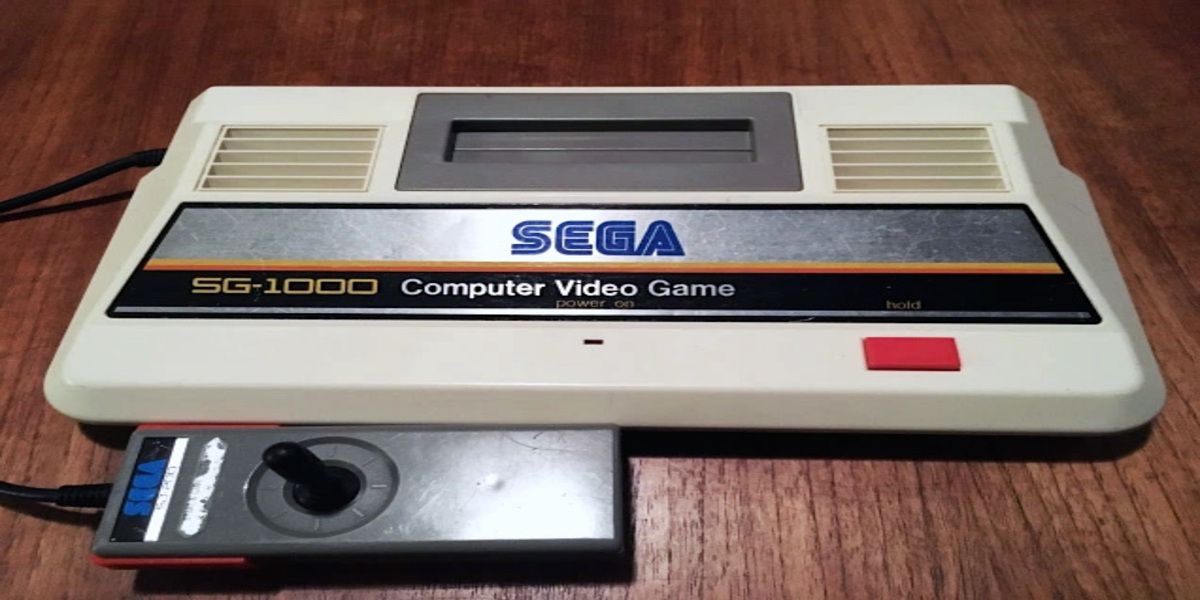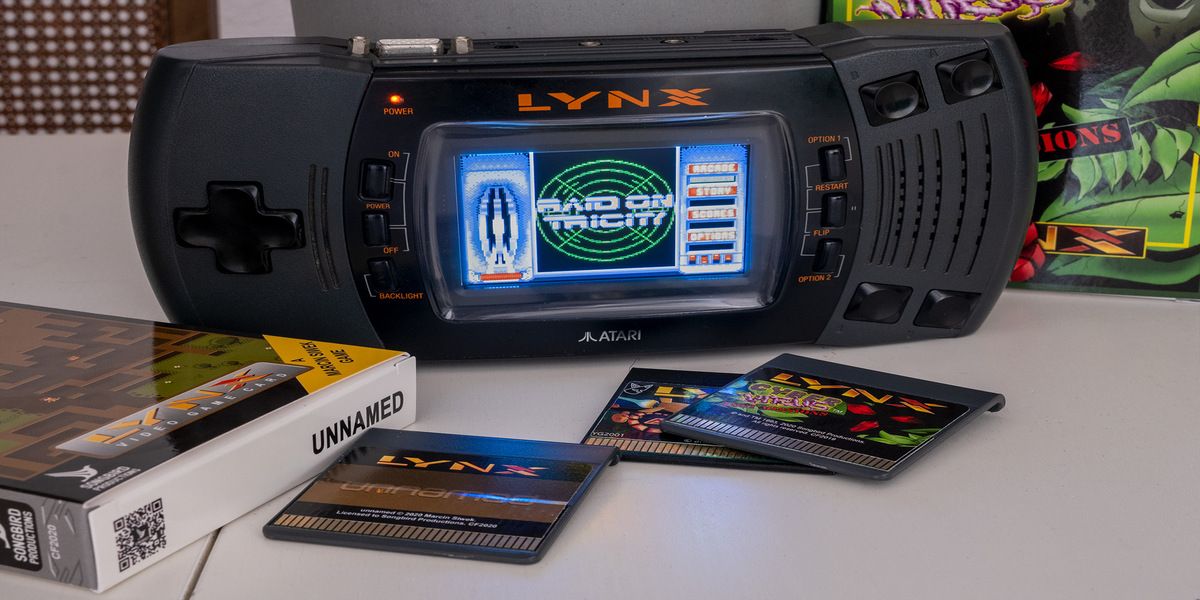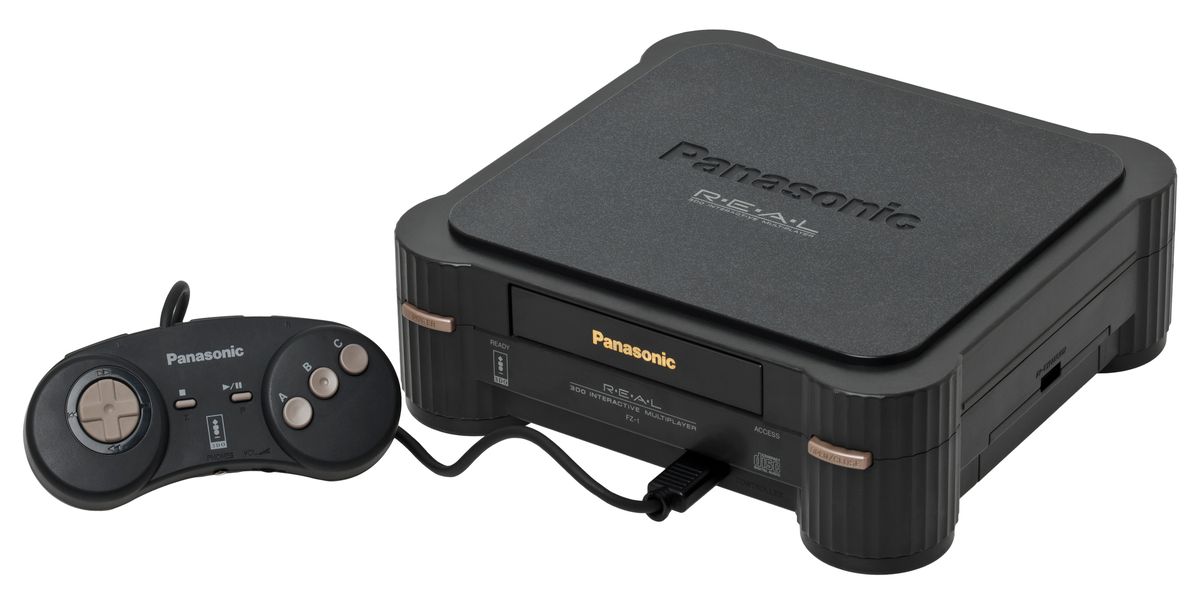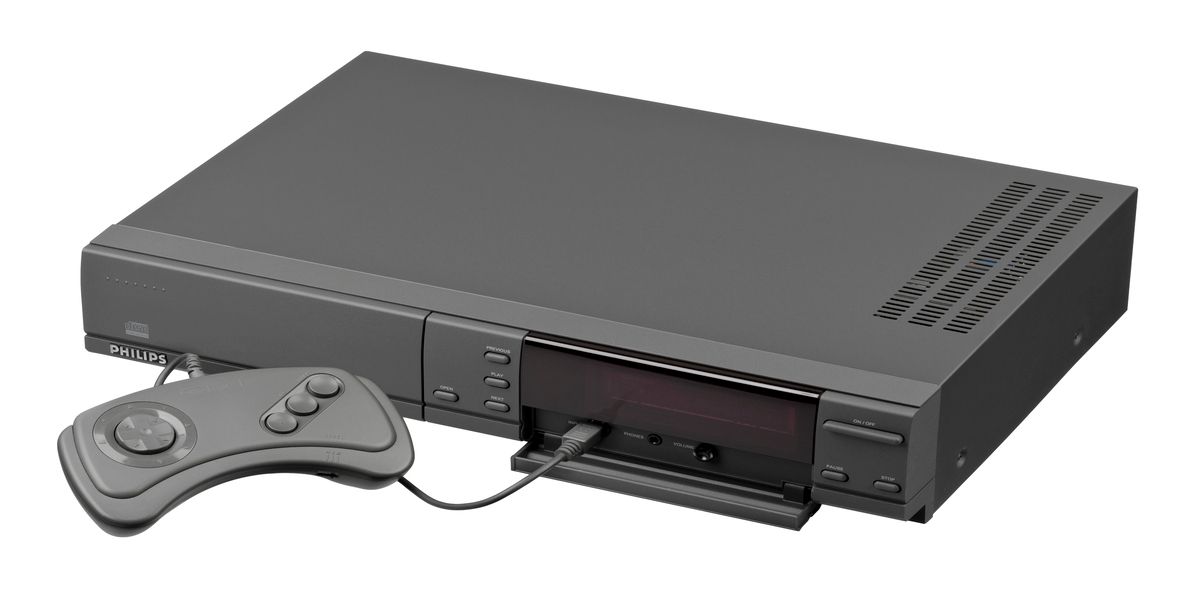Video game connoisseurs are well-acquainted with the most popular names in the video game industry. Companies like SEGA, Nintendo, and Sony have been household names for decades, while names like Intellivision and Atari may be familiar only to retro gamers.
What some gamers may not know about are the consoles that were made by companies that didn't have such a big presence in the industry as some of the companies previously mentioned. In addition, big-name companies also released consoles that were easily forgotten.
10 Casio Loopy Was Marketed Towards Women
Casio, most famous for its keyboards and calculators, developed a home gaming console called the Loopy. The 32-bit console was released exclusively in Japan in 1995 and was discontinued in 1998. The Casio Loopy was released to appeal to female gamers as is apparent from its packaging.
The Loopy had a library of 10 games and even featured a built-in thermal printer for players to print stickers from the games. The console cost around $200 in 1995.
9 Apple Teamed Up With Bandai For Pipp!n
Apple teamed up with Bandai to create the Pipp!n console. Apple created the gaming software and Bandai created the console's hardware. The Pipp!n was first released in Japan and North America in 1996 but was discontinued only a year later.
When the console came out, the starting price was $600. This is quite a hefty price tag for a video game console, even more so in 1996. Only a few thousand units were sold before the Pipp!n was taken off the shelves in 1997.
8 The Games For the GameWave Family Entertainment System Were Mainly Trivia
The GameWave Family Entertainment System, known simply as Game Wave, was first released in 2005 and cost $100. It served as a DVD player and a video game console. This is why the controllers resembled TV remotes. Players could store the controllers in a case attached to the console itself.
There are 13 games in the library to play on the Game Wave and a large majority of the games are trivia and puzzle games. Its most notable game is VeggieTales: Veg-Out! Family Tournament. The console was later discontinued in 2009.
7 Pioneer LaserActive Cost A Ridiculous $970
The Pioneer LaserActive came out in 1993 and cost a whopping $970. There were only about 10,000 units sold and the console was discontinued just three years later. The LaserActive possessed the ability to play a variety of mediums like compact discs, laserdiscs, console games, and LD-G karaoke discs.
LaserActive games were stored on LD-Roms and there were about 40 games released for the console. There were even 3-D goggles created for the LaserActive that were compatible with six different games, including 3D Virtual Australia, the last game released for the LaserActive.
6 IQue Player Released Exclusively In China
The IQue Player was released exclusively in China in 2003. It was later discontinued in 2016. The console is able to play the ports of Nintendo 64 games. Players were able to purchase the games on the IQue Depot or by connecting the IQue to a computer.
Players plugged the IQue player into a television to play and there were even multiplayer options. It's possible this console was released to address the widespread pirating of video games in China.
5 Mattel HyperScan Lasted Merely Months
The HyperScan was developed by toy company Mattel and released in 2006. It was discontinued merely months later in 2007. The console cost $70 and the games were $20 each. There were less than 10,000 units sold.
Only five games were released for this console and two upcoming games were canceled, one of which was an Avatar: The Last Airbender game. The other games were Ben 10, Marvel Heroes, X-Men, Interstellar Wrestling League, and Spider-Man.
4 Sega SG-1000 Was Their First Home Console
The Sega SG-1000 was Sega's first home video game console. It was released in Japan in 1983, coincidentally, but maybe not, the same day Nintendo released the Family Computer. It cost around $130 and sold quite a few more than the other entries of this list at around 160,000 units.
The Sega SG-1000 actually had an extensive game library of about 70 playable games despite its discontinuation only a year later. The console, however, had multiple versions. Sega went on to have more commercial success after the release of this forgotten console.
3 Atari Lynx Competed With Game Boy
The Atari Lynx is a handheld console that was released first in North America in 1989, followed by Japanese and European releases in 1990. It cost around $180 at launch but it was discontinued five years later. This console actually allowed players to configure its controllers for people who are left-handed.
The Atari Lynx sold a surprising 3 million units before it was discontinued. Atari tried again with the Lynx II, but it was also a failure, probably because it was forced to compete with Nintendo's Game Boy.
2 Panasonic 3DO Also Had Competition
The Panasonic 3DO first released in North America in 1993 and was discontinued only three years later. It was developed by the founder of Electronic Arts, Trip Hawkins. The console sold about 2 million units despite its high $700 price tag. Other companies were also allowed to reproduce their own devices to play 3DO games.
The Panasonic 3DO played games through a CD-ROM format. The console was deemed a failure due to the intense competition from their rivals Sega and Nintendo.
1 Philips CD-I Is The Priciest Console
The Philips Compact Disc-Interative, or simply just CD-I, was released in 1990 and is the priciest console on this list at $1000. This is equivalent to around $1900 today. It took roughly six years to develop.
Shockingly, Nintendo actually allowed Philips to use characters like Mario and Zelda in their games. One of the games is titled: Zelda: The Wand of Gamelon and Link. It was, however, a huge failure. The Philips CD-I stayed on the market for eight years until it was discontinued in 1998 due to its price and fierce competition in the console wars.

